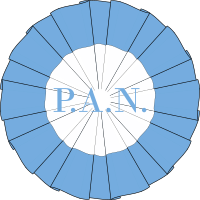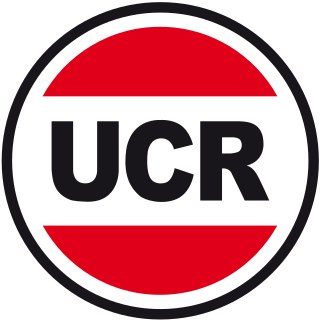
The Radical Civic Union is a centrist and liberal political party in Argentina. It has been ideologically heterogeneous, ranging from conservatism to social democracy, but since 1995 it has been a member of the Socialist International.
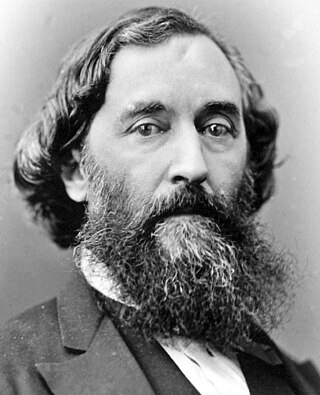
Bartolomé Mitre Martínez was an Argentine statesman, soldier and author. He was President of Argentina from 1862 to 1868 and the first president of unified Argentina.
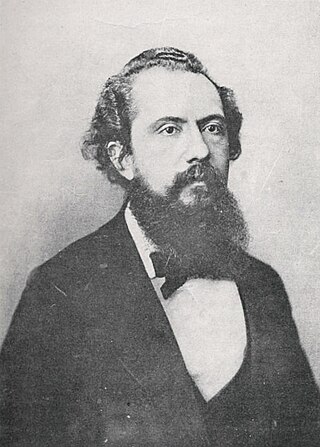
Nicolás Remigio Aurelio Avellaneda Silva was an Argentine politician and journalist, and President of Argentina from 1874 to 1880. Avellaneda's main projects while in office were banking and education reform, leading to Argentina's economic growth. The most important events of his government were the Conquest of the Desert and the transformation of the Buenos Aires into a federal district.
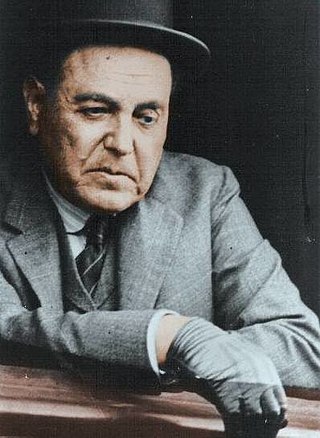
Juan Hipólito del Sagrado Corazón de Jesús Yrigoyen was an Argentine politician of the Radical Civic Union and two-time President of Argentina, who served his first term from 1916 to 1922 and his second term from 1928 to 1930. He was the first president elected democratically by means of the secret and mandatory male suffrage established by the Sáenz Peña Law of 1912. His activism was the prime impetus behind the passage of that law in Argentina.

Victorino de la Plaza was an Argentine politician and lawyer who served as President of Argentina from 9 August 1914 to 11 October 1916.
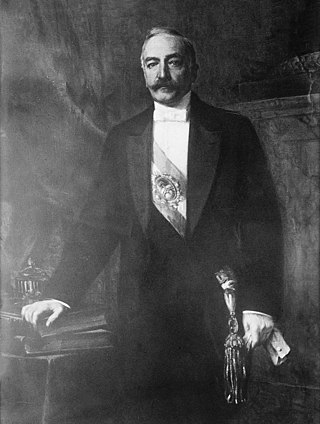
Roque José Antonio del Sagrado Corazón de Jesús Sáenz Peña Lahitte was an Argentine politician and lawyer who served as President of Argentina from 12 October 1910 to his death in office on 9 August 1914. He was the son of former president Luis Sáenz Peña. He was a candidate for an internal, modernist line within the National Autonomist Party.

Alejo Julio Argentino Roca Paz was an army general and statesman who served as President of Argentina from 1880 to 1886 and from 1898 to 1904. Roca is the most important representative of the Generation of '80 and is known for directing the Conquest of the Desert, a series of military campaigns against the indigenous peoples of Patagonia sometimes considered a genocide.

The Generation of '80 was the governing elite in Argentina from 1880 to 1916. Members of the oligarchy of the provinces and the country's capital, they first joined the League of Governors, and then the National Autonomist Party, a fusion formed from the two dominating parties of the prior period, the Autonomist Party of Adolfo Alsina and the National Party of Nicolás Avellaneda. These two parties, along with Bartolomé Mitre's Nationalist Party, were the three branches into which the Unitarian Party had divided. In 1880, General Julio Argentino Roca, leader of the Conquest of the Desert and framer of the Generation and its model of government, launched his candidacy for president.

The Revolution of the Park, also known as the Revolution of '90, was an uprising against the national government of Argentina that took place on July 26, 1890, and started with the takeover of the Buenos Aires Artillery Park. It was led by members of the Civic Union against the presidency of Miguel Juárez Celman. Though it failed in its main goals, the revolution forced Celman's resignation and marked the decline of the elite of the Generation of '80.
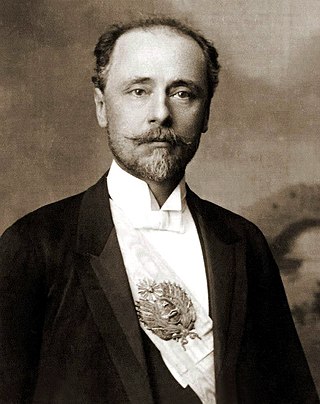
Miguel Ángel Juárez Celman was an Argentine lawyer and politician. President of the Nation from October 12, 1886 until his resignation on August 6, 1890.
The Argentine Revolution of 1905 also known as the Radical Revolution of 1905 was a civil-military uprising organized by the Radical Civic Union and headed by Hipólito Yrigoyen against the oligarchic dominance known as the Roquismo led by Julio Argentino Roca and his National Autonomist Party.

The Argentine general election of 1931 was held on 8 November.

Amancio Alcorta was an Argentine legal theorist, conservative politician and diplomat.
Argentina held nine presidential elections between 1862 and 1910, every six years.

The Democratic Party is a conservative political party in Argentina created in 1931. Founded as the National Democratic Party, it was generally known simply as Conservative Party. It is considered the successor of the National Autonomist Party (PAN), which disappeared in 1916. It is made up of seven district parties: Democratic Party of Buenos Aires, Democratic Party of the Federal Capital, Democratic Party of Chaco, Democratic Party of Córdoba, Democratic Party of Mendoza, Democratic Party of San Luis and Democratic Party of Santa Fe. In addition to having provisional legal status in San Juan and provincial personality in Misiones.
The Concordancia was a political alliance in Argentina. Three presidents belonging to it, Agustín P. Justo, Roberto Ortiz, and Ramón Castillo were in power from 1931 to 1943, a period known in Argentina as the "Infamous Decade".

Pablo Riccheri was an Argentine army officer and minister of war during the second administration of president Julio Roca.
The Argentine presidential election of 1910 was held on 13 March to choose the president of Argentina and 63 of 120 seats in the Chamber of Deputies. Roque Sáenz Peña was elected president.
The Argentine presidential election of 1898 was held on 10 April to choose the president of Argentina and 79 of 120 seats in the Chamber of Deputies. Julio Argentino Roca was elected president for a second period.
